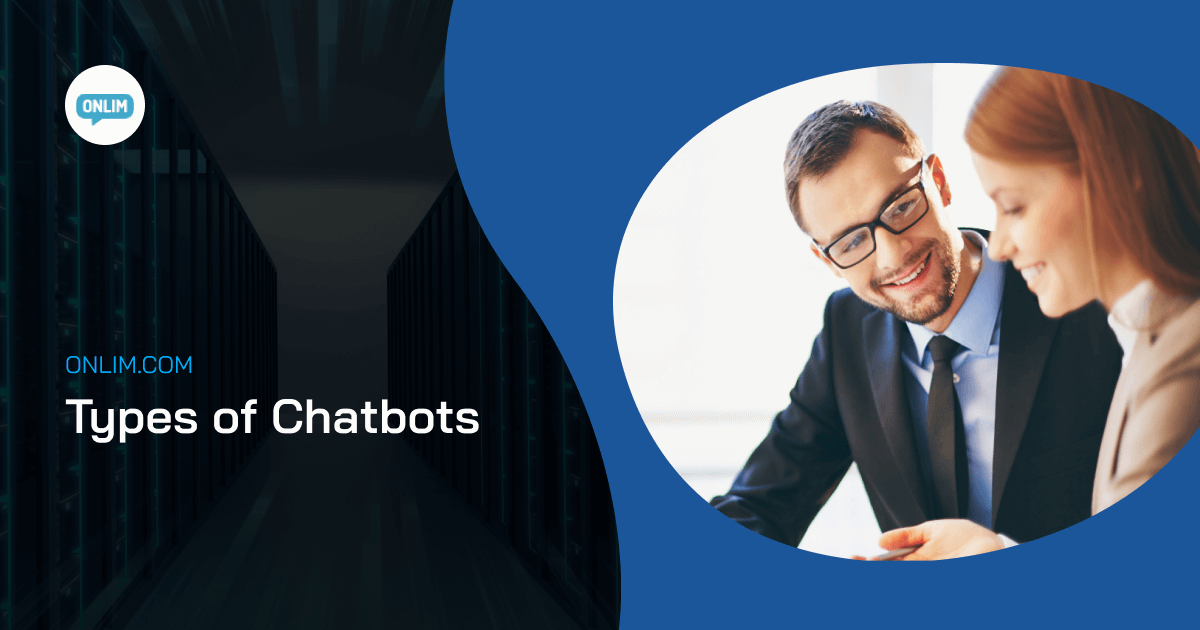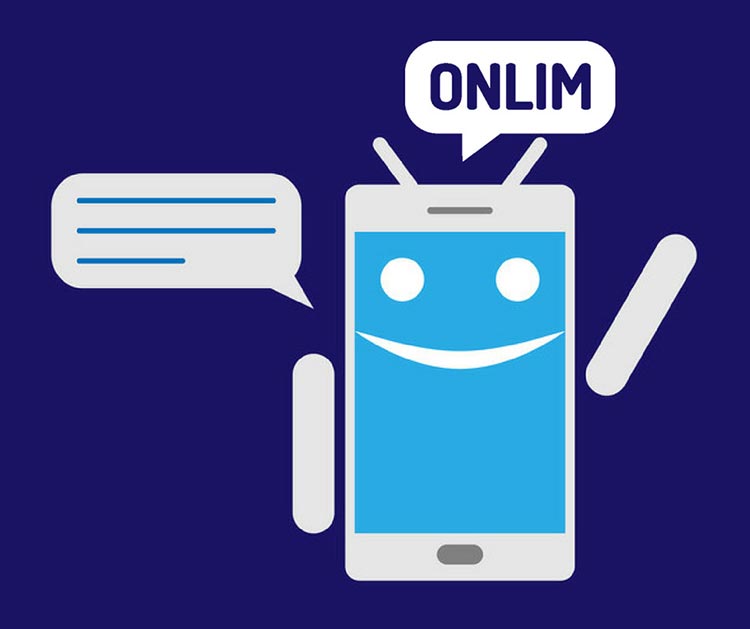Which Type of Chatbot Is Right for Your Business?
Guest post by Zachary Amos.
Chatbots are among the most helpful technologies a business can implement. Experts believe they could save health care, banking and retail $11 billion annually by 2023, and nearly 40% of internet users prefer interacting with them over virtual agents.
While these technologies’ potential benefits are vast, attaining them isn’t always straightforward. Chatbots’ capabilities and costs vary. So how much you profit from them largely depends on finding the right fit for your business. To make the most of these services, you need to understand what’s available and how they can help.
Here’s a look at the most common types of chatbots and their ideal use cases.
Scripted Chatbots
Scripted chatbots, also called quick reply bots, are one of the most basic chatbot types. As their name suggests, they use preset answers to reply to specific, predetermined questions or commands. They often work by giving users a selection of options to choose from, guiding them step-by-step through the conversation.
These bots are limited, but that also makes them affordable and easy to deploy. You’ll often find them in basic customer service applications, like answering FAQs or guiding customers through filling out a form. If you need to field basic questions before passing customers to available human agents or automate data entry for user forms, these solutions may be ideal.
NLP Chatbots
Natural language processing (NLP) bots are more advanced. Instead of using preset commands, these chatbots use artificial intelligence (AI) to understand users’ natural speech, whether vocal or typed. These solutions vary in complexity, but all of them will sound more humanlike than scripted bots, making customer interactions feel more comfortable.
A recent study found that 66.67% of chatbot users prefer interacting with a bot that feels like talking to another human. Consequently, if you want a more engaging customer experience, NLP chatbots are a better fit than scripted bots. These types also work well for more complex conversations as they can answer unique, more abstract questions.
Contextual Chatbots
Contextual chatbots are a type of NLP bot that uses machine learning to recall and learn from previous interactions. Solutions like Onlim’s conversational AI platform give these chatbots advanced features like knowledge graphs to hold more engaging and complex conversations.
To learn more about knowledge graphs and how they optimize chatbots and voice assistants, check out this whitepaper.
Contextual chatbots are ideal if you have repeated customer interactions, like food ordering or ongoing marketing initiatives. Human agents can handle the most complicated situations while these bots still automate conversations built upon previous ones. While implementing these solutions can be more expensive and complex, rising third-party services make it easier and more affordable.
Skills Chatbots
While the previous three categories of chatbots differ by their complexity, you can also classify chatbots by what they do. Skills bots act on user commands to perform actions like turning on a light or moving a file. Some, like Google Assistant and Alexa, feature complex contextual understanding, but many skills bots don’t.
Since skills chatbots are designed for action rather than conversation, they’re not ideal for customer service but rather for streamlining internal processes. Since more than 40% of workers spend 25% or more of their workweek on repetitive manual tasks like data entry, skills bots can have an impressive ROI.
Support Chatbots
By contrast, support bots handle information, often serving as a central point of knowledge over a single domain in a business. They often feature deep contextual and machine learning capabilities, making them a more helpful resource. Many of these solutions also work as contextual chatbots, as those skills align closely with these tasks.
Support chatbots are ideal for customer-facing applications where users may ask many questions. If your business offers unique services or a novel approach to an issue, these bots can help clarify things for potential customers. Support bots can also be helpful internally, helping train new employees by answering any questions they have about operations or company policies.
Assistant Bots
Assistant bots are a combination of skills and support chatbots, maintaining conversations and performing actions. The most recognizable chatbots today — Siri, Google Assistant and Alexa — are all assistant bots. These are often the most complex chatbots, so they may come with high costs or challenging implementation if you’re building your own, but their capabilities are tremendous.
These chatbots are excellent in customer service and behind-the-scenes automation, so they’re ideal if you need to program a broad range of tasks. Similarly, assistant bots are the best option if you need to automate complex, multistep actions, like walking a customer through booking a trip.
Find the Best Chatbot for You
The chatbot market is booming, and as such, it boasts a lot of variety. Consequently, no one type will be a perfect fit for every business.
Before buying a chatbot, determine what you need it for and how much you can spend on implementing it. These parameters will help you find the right type of chatbot for your needs and budget, getting the quickest ROI.
Author bio:
Zachary Amos is an AI enthusiast who explores upcoming tech innovations at ReHack Magazine.
What are Large Language Models (LLMs)?
March 18th, 2024|
What are chatbots and how do they work?
November 23rd, 2023|
The AI Act and its impact on the use of chatbots
October 27th, 2023|



